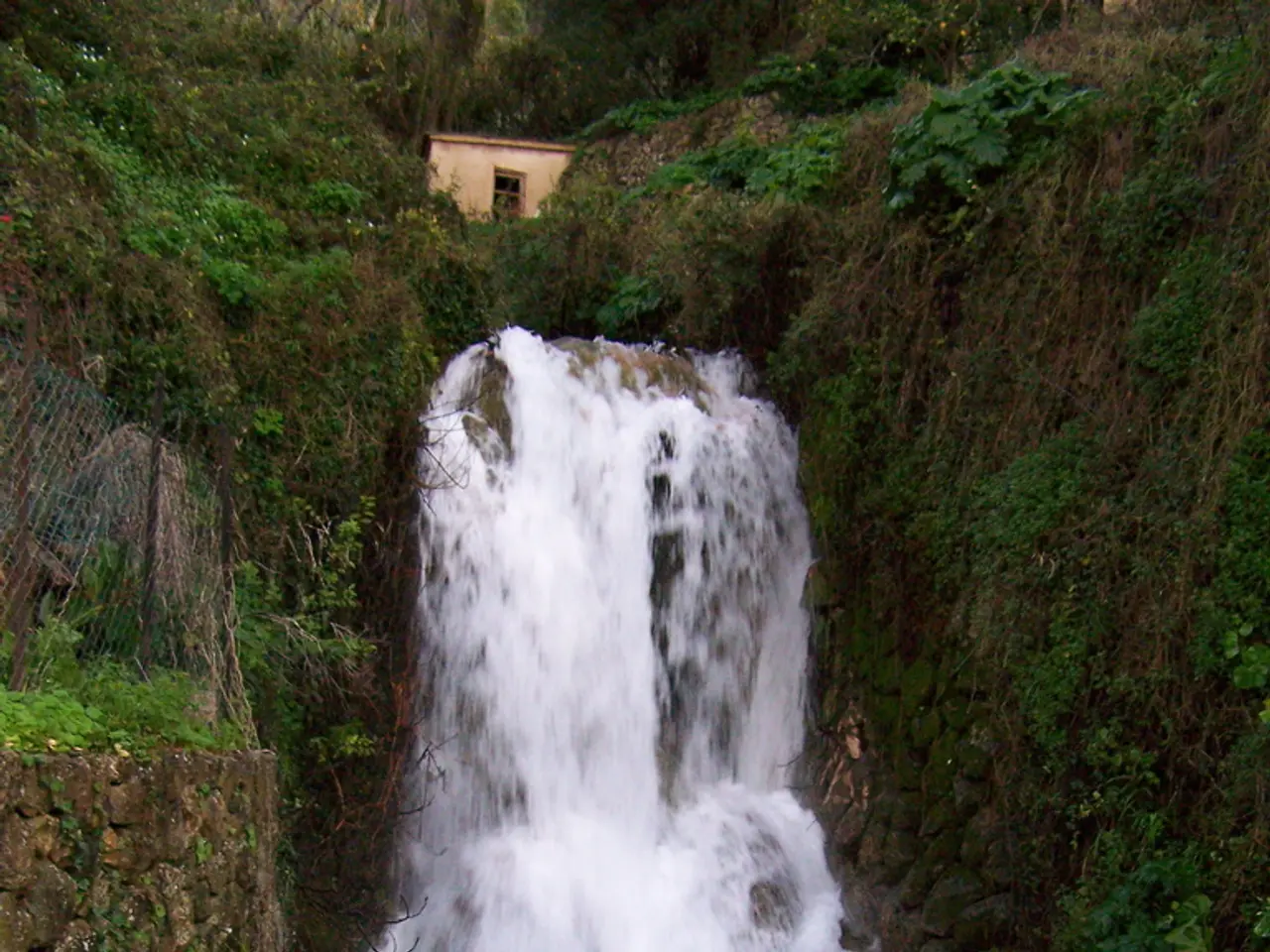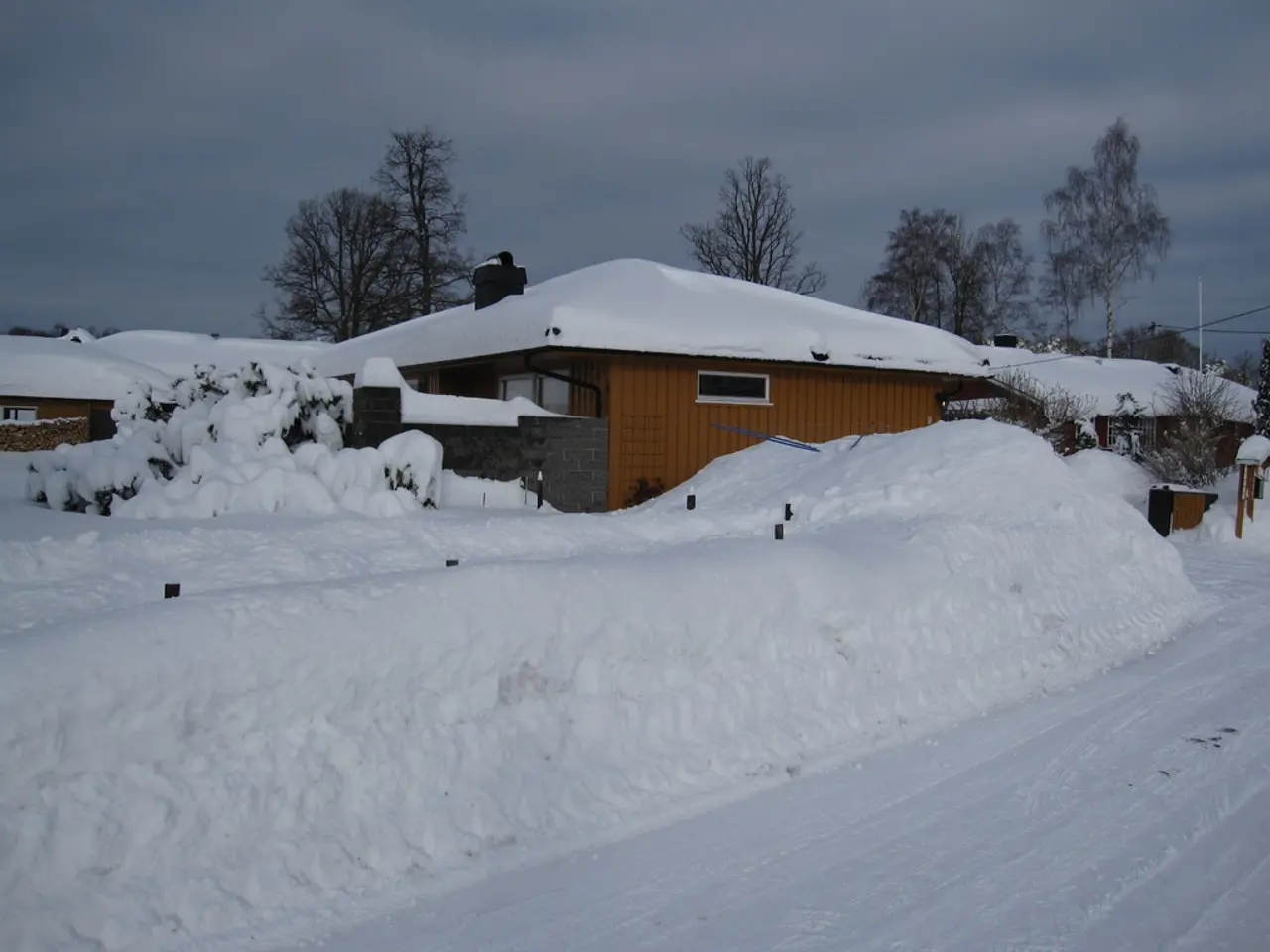Anticipated Minimum Elbe Water Level in Magdeburg - Minimum Predicted Elbe Water Level in Magdeburg
In the summer of 2025, the city of Magdeburg, Saxony-Anhalt, experienced historic low water levels in the Elbe River, reflecting a severe drought affecting German inland waterways. This event had significant impacts on navigation, freight transport, and possibly the regional environment.
The Elbe, a major waterway flowing from the Czech Republic through Germany to the North Sea, normally exhibits wide fluctuations in flow depending on precipitation and thawing in its basin. However, 2025 recorded extremely low precipitation levels, comparable to the drought year 2003, resulting in water levels below historical seasonal averages, including in the Magdeburg area.
The Elbe suffered the most severe low-water conditions among Germany’s major rivers in 2024 and 2025, with 112 critical days, a 43.6% increase compared to 2023. This forced vessels to operate at only 70% of their normal cargo capacity, severely limiting freight efficiency. Water shortages have been persistent problems on German inland waterways, exacerbated this year by climate and hydrological patterns. The situation disrupted inland navigation on the Elbe more than on the Rhine or Danube, which also saw drought impacts but with fewer critical days.
From 2025 to 2029, infrastructure improvements aim to enhance waterway connectivity and depths between Hanover, Magdeburg, and Berlin, targeting depths of 3.2 to 3.5 meters to help mitigate navigation difficulties due to low water levels. Despite these measures, the natural variability and limits of dams and control structures on the Elbe make full regulation of water levels difficult.
The Elbe's historic low levels in Magdeburg stand out for their intensity and duration compared to the Rhine and Danube in the same period, highlighting the Elbe’s sensitivity to climatic fluctuations and the challenges in managing its flow. Magdeburg itself, a city with rich historic significance and heritage sites like the Gothic Magdeburg Cathedral (burial place of Emperor Otto I), was affected indirectly by these environmental changes, especially because lower water levels impact river transport and local economies. Cultural preservation efforts, such as ongoing investigations and conservation at the Cathedral (including the tomb of Otto the Great), continue amidst these environmental stresses.
In summary, the historic low Elbe level in Magdeburg during 2025 had major impacts on inland navigation and freight transport efficiency, reflecting broader drought conditions in Germany. While recovery and infrastructure upgrades are planned, the Elbe remains more vulnerable to such extreme low water events than the Rhine or Danube, underscoring the need for adaptive water management in the region.
- Given the historic low water levels in the Elbe River during the summer of 2025, it is critical for the city of Magdeburg to review and revise its community policy to address potential environmental and economic repercussions of future climate-change related events and droughts.
- As concerns about science and climate change continue to grow, it is essential for environmental-science researchers to investigate the factors contributing to extreme drought conditions, such as the one experienced in the Elbe River in 2025, to better predict and prepare for similar events in the future.








